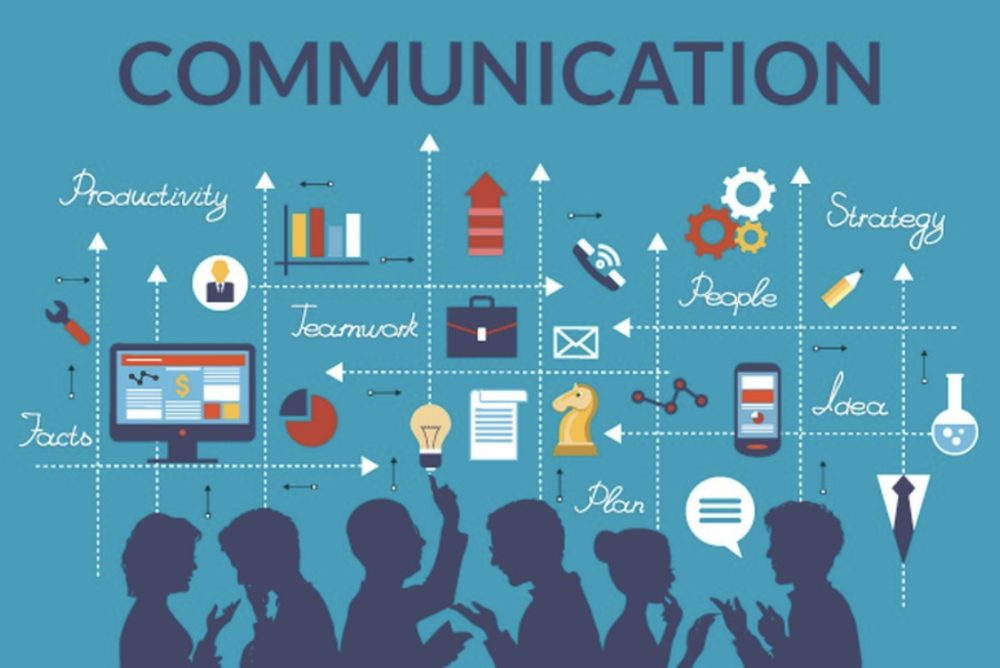Table of Contents
ToggleWhat is Business Analytics?
Business analytics refers to the use of data, statistical models, and quantitative analysis to help businesses make better decisions. The ultimate goal of business analytics is to convert raw data into actionable insights that can be used to improve processes, predict future trends, and make informed strategic choices.
Business analytics typically involves three key areas:
-
Descriptive Analytics: Focuses on analyzing historical data to understand what has happened in the past. This helps businesses gain insights into performance, trends, and outcomes.
-
Predictive Analytics: Uses statistical models and machine learning algorithms to forecast future trends and outcomes based on historical data. It helps businesses anticipate challenges and opportunities.
-
Prescriptive Analytics: Goes beyond predictions and recommends actions to optimize outcomes. It uses algorithms, optimization models, and simulations to suggest the best course of action for business decisions.
The Importance of Business Analytics
Business analytics is vital for organizations that want to remain competitive and make smarter decisions. Here are several reasons why https://wellness-fox.com/ is so important:
-
Informed Decision-Making: By using data to drive decisions, companies can move away from gut-feeling decisions and rely on objective insights to guide their strategies.
-
Increased Efficiency: Analytics can identify inefficiencies in processes, allowing businesses to streamline operations, reduce waste, and improve overall productivity.
-
Enhanced Customer Experience: By analyzing customer data, businesses can better understand customer preferences, predict needs, and tailor their products, services, and marketing efforts to deliver a more personalized experience.
-
Improved Marketing ROI: Business analytics helps companies measure the effectiveness of marketing campaigns, optimize strategies, and ensure they are targeting the right audiences.
-
Competitive Advantage: With the right tools and insights, companies can identify emerging trends, understand market dynamics, and adjust their business strategies to stay ahead of competitors.
-
Cost Reduction: Identifying inefficiencies and areas for improvement can help businesses cut costs and allocate resources more effectively.
Key Components of Business Analytics
Business analytics involves a variety of tools, techniques, and methods that enable businesses to extract value from their data. Let’s look at the main components of business analytics:
1. Data Collection
The foundation of business analytics is high-quality data. Data can come from a variety of sources, including customer interactions, sales data, financial records, social media, sensors, and more. The process of gathering data involves ensuring that it is accurate, relevant, and complete.
- Tip: Invest in data management tools to ensure that your data is clean, organized, and easily accessible.
2. Data Analysis
Data analysis is where the magic happens. Once the data is collected, businesses need to use statistical tools and techniques to explore, clean, and analyze the data. This could involve identifying trends, performing regression analysis, or even running machine learning algorithms to identify patterns.
- Tip: Use data visualization tools like Tableau or Power BI to turn complex datasets into easy-to-understand charts, graphs, and reports.
3. Reporting
After analyzing the data, it’s important to communicate the results to stakeholders. This could be in the form of reports, dashboards, or presentations. Clear and actionable reports help decision-makers understand the insights and apply them to business strategies.
- Tip: Focus on key performance indicators (KPIs) in your reports to highlight the most relevant insights for your business goals.
4. Predictive Modeling
Predictive analytics uses historical data and statistical algorithms to predict future outcomes. This can be used to forecast customer behavior, identify potential risks, or predict demand for products. Predictive modeling helps businesses make proactive decisions to achieve better results.
- Tip: Tools like R, Python, and SAS can be used for predictive modeling, enabling you to forecast customer lifetime value, churn rates, and more.
5. Prescriptive Analytics
Prescriptive analytics goes a step further by recommending actions based on predictive insights. For example, if predictive analytics forecasts an increase in demand for a particular product, prescriptive analytics might recommend optimizing inventory levels or adjusting production schedules to meet the demand.
- Tip: Use optimization tools and simulations to model different scenarios and determine the best course of action for your business.
6. Data Visualization
Data visualization is an important part of business analytics because it helps businesses make sense of complex datasets. Visual representations like graphs, charts, heatmaps, and dashboards allow stakeholders to see trends, patterns, and outliers at a glance.
- Tip: Utilize interactive dashboards that allow users to drill down into data, making it easier for them to extract the specific insights they need.
Types of Business Analytics
Different types of business analytics focus on various aspects of the business process. Here are the main categories:
1. Descriptive Analytics
Descriptive analytics answers the question: “What happened?” It involves analyzing past data to understand business performance, customer behavior, and historical trends. Businesses often use descriptive analytics to generate reports, summarize key metrics, and identify patterns from the past.
- Example: Analyzing sales data from the past quarter to understand which products performed best.
2. Diagnostic Analytics
Diagnostic analytics takes descriptive analytics a step further by answering the question: “Why did it happen?” It helps businesses understand the reasons behind specific outcomes by diving deeper into data. Techniques like correlation analysis and root cause analysis are commonly used.
- Example: Analyzing a decline in sales to identify that it was due to a supply chain disruption.
3. Predictive Analytics
Predictive analytics focuses on forecasting future outcomes based on historical data. It answers the question: “What is likely to happen?” Predictive models use algorithms and statistical methods to identify trends and predict future performance.
- Example: Using past customer behavior to predict which customers are most likely to churn.
4. Prescriptive Analytics
Prescriptive analytics answers the question: “What should we do about it?” It provides actionable recommendations based on predictive insights. Prescriptive analytics combines data, algorithms, and machine learning to suggest the best course of action for a specific situation.
- Example: Recommending the optimal pricing strategy based on consumer demand predictions.
5. Cognitive Analytics
Cognitive analytics involves using artificial intelligence (AI) and machine learning to mimic human reasoning and decision-making. It goes beyond traditional analytics by applying AI to interpret complex data and provide deeper insights.
- Example: Using AI to automatically detect anomalies in financial data and recommend actions for mitigating risks.
Benefits of Business Analytics
-
Improved Decision-Making: By leveraging data insights, businesses can make more informed and effective decisions.
-
Better Customer Understanding: Analytics help businesses understand customer preferences, which can lead to more personalized products, services, and marketing strategies.
-
Operational Efficiency: Business analytics helps identify inefficiencies and streamline operations, resulting in cost savings and increased productivity.
-
Competitive Advantage: Analytics give businesses a deeper understanding of market trends and customer behavior, which can be used to stay ahead of competitors.
-
Increased Revenue: By predicting future demand and optimizing pricing strategies, businesses can increase sales and revenue.
How to Implement Business Analytics
-
Define Clear Objectives: Start by defining your business goals and objectives for analytics. Are you looking to improve customer retention, optimize supply chain processes, or increase sales? This will help you identify which type of data and analytics tools you need.
-
Invest in Analytics Tools: Use business intelligence tools like Google Analytics, Tableau, Power BI, and Excel for data analysis and visualization. Choose tools that align with your business needs and goals.
-
Collect Quality Data: Ensure that you have reliable and accurate data to work with. Implement data collection methods that allow you to gather high-quality information from various sources.
-
Build a Data-Driven Culture: Encourage a data-driven mindset across your organization. Provide employees with the training and tools they need to use data effectively in their roles.
-
Evaluate and Optimize: Continuously evaluate the effectiveness of your business analytics efforts. Use the insights gained to adjust your strategies and improve decision-making.
Conclusion
Business analytics is an essential tool for making data-driven decisions that improve efficiency, boost profitability, and enhance customer satisfaction. By understanding the different types of business analytics, implementing the right tools, and focusing on key business areas, organizations can unlock valuable insights that lead to better outcomes. Whether you’re using descriptive, predictive, or prescriptive analytics, the goal is to turn data into actionable intelligence that drives business growth and success.





